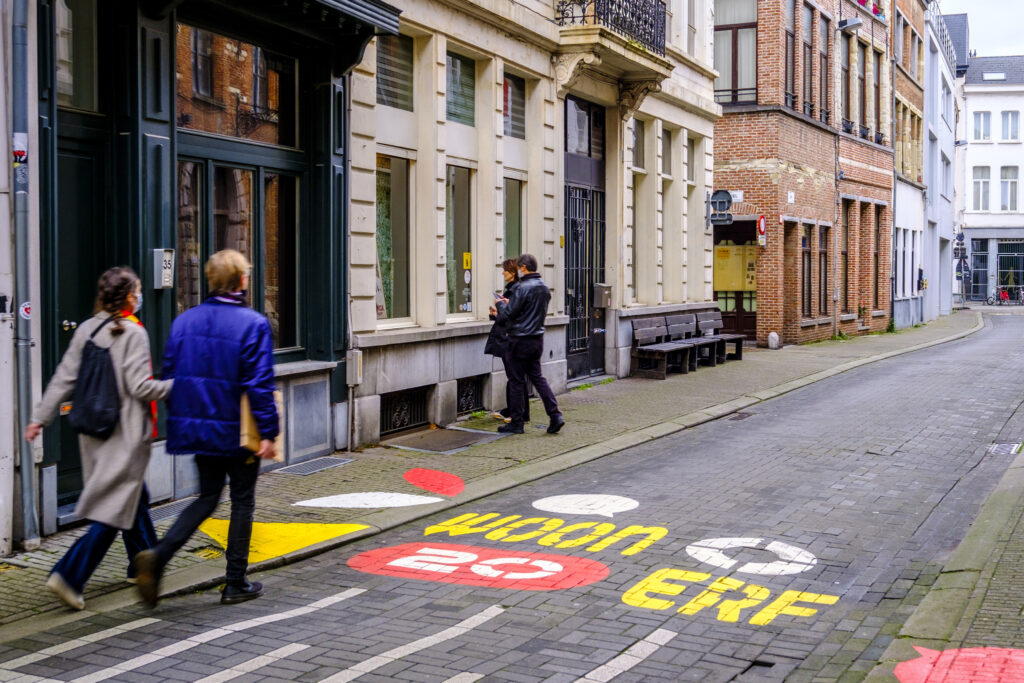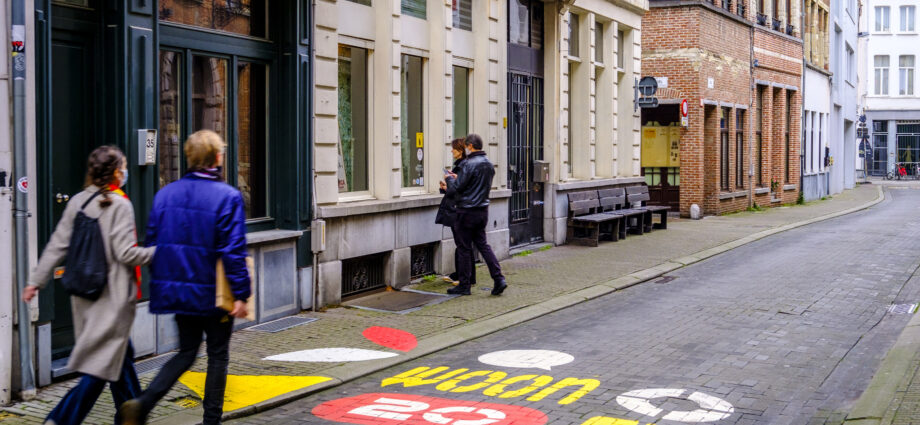Interview with Koen Kennis, Deputy Mayor of Antwerp responsible for mobility on ‘Living Streets’
“Antwerp is pocket-sized metropolis. Being a historical city, a port city, a prosperous city, we have a lot to offer relating to walkability, both for residents and tourists alike.“
-Antwerp’s Deputy Mayor Koen kennis

26 ‘Living Streets’ have been created in the historic center of Antwerp since September 2020. Are these all temporary (or seasonal) measures or are some slated to be permanent changes?
The current design will be replaced by a permanent, more elaborate design in the years to come. The measures introduced in the 26 streets in September 2020 are quick and dirty, inspired by the demand during the pandemic and the rising need for quality public space in the city center.
As we understand, a primary goal of the ‘Living Streets’ program is to limit car traffic in the city and free up street space for movement for people. The program was established in September 2020- was this program a response to circumstances of the pandemic (or planned prior)?
The plans to invest more in Antwerp’s historical city center date way back prior to the pandemic, and were introduced in 2018 under the name ‘Antwerpen wandelstad’ (‘Antwerp walkable city’)*. Covid only sped up the plans, hence the extra effort to redesign the 26 streets in September 2020.
“There are two main challenges. The first is spillover from congestion on the ring road into the city center, and how to prevent this. The second is realizing a modal shift away from cars.”
-Kennis on contemporary urban mobility challenges

What defines a ‘Living Street’ in Antwerp?
‘Living streets’ will be redesigned as streets on equal level wall to wall – meaning no sidewalks. Pedestrians can thus make use of the complete street. Motorized traffic will have to give priority to non-motorized traffic, speed max 20 km/hour. Access for motorized traffic will be limited to residents or services to only, idem for parking. Where possible extra facilities will be installed to enable walking / resting (e.g. green areas, extra furniture such as resting places, …)
All ‘living streets’ will be made recognizable as such by:
- placing signalisation at the beginning and the ending of the street
- parking space will be uniformely designed
- at the beginning / end of every living street, a sign will be painted ‘woonerf’, including the graphic illustration of the speed limit 20 km/hour
- other graphic illustrations that attract the attention make clear pedestrians have priority
- billboards are distributed to local residents, attracting attenting to the fact this is a ‘living street’. By doing so, the city actively responsabiles the inhabitants to take pride in their street / neighbourhood
- concrete obstacles forces placed in the middle of the ‘living streets’ traffic to slow down
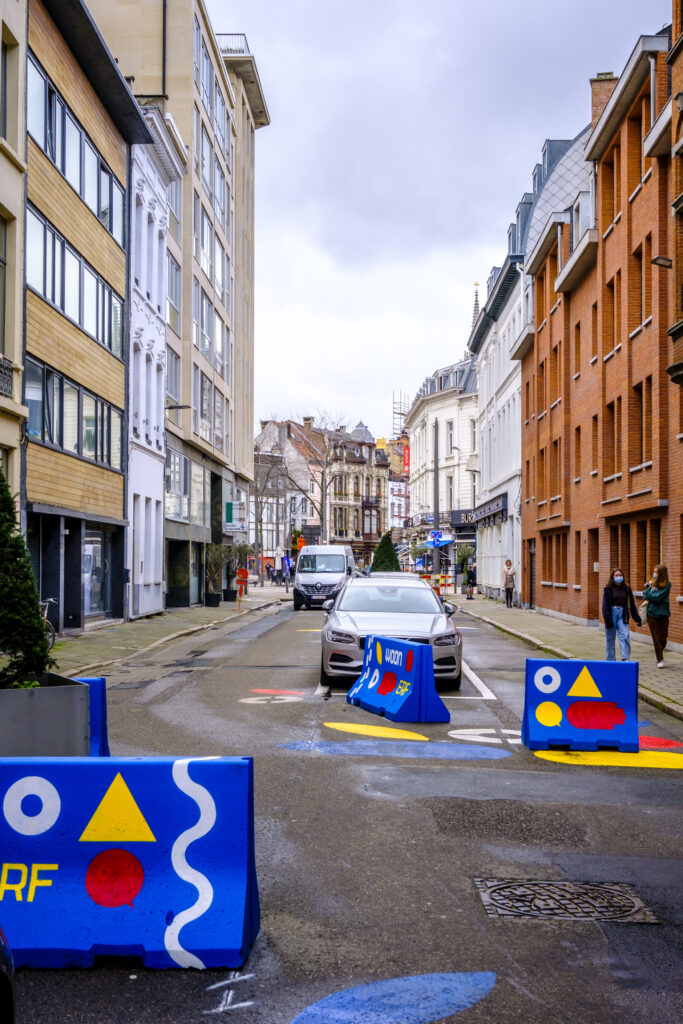
Has there been any local controversy or backlash to the Living Streets program? If so, how has the controversy or concerns been mitigated with actual experience of the program?
Finding the balance between existing parking pressure and creating sufficient quality public space for pedestrian use is a difficult but necessary exercise. At the same time, ensuring safe and easy passage of services such as waste collection, fire brigade, ambulances is a constant concern that needs to be taken into account.
Have there been political dimensions to local sustainable urban mobility changes- division among parties about how to prioritize mobility transformations?
Obviously, there are political dimensions to this. A classic position is the one of the Green Party that wants to completely ban motorized traffic from the city center. My view is more moderate. According to me, the user still has to have the choice which traffic mode he or she wishes to use, but in a controlled way. The idea is to convince people that opting for cars is no longer the best choice.
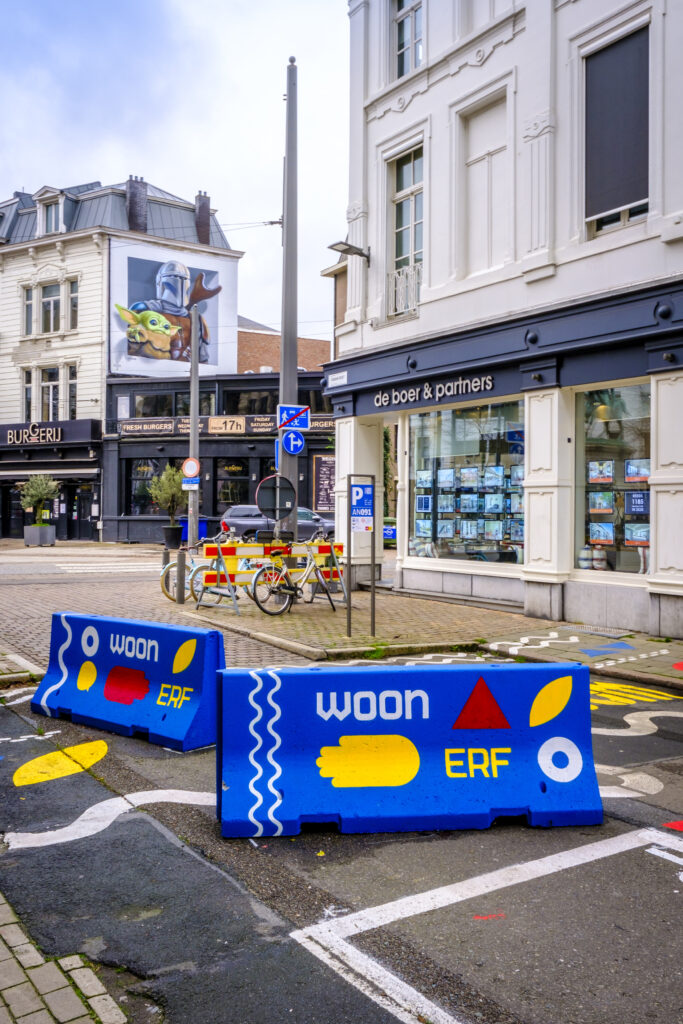
As we understand, the creation of ‘Living Streets’ was a true collaboration of stakeholders and municipal departments including from offices of Mobility, Urban Design, Public Space, Public Health, Tourism and Communication. Can you provide some insight on the necessity of such collaboration across departments?
There is an understanding across the board that installing the concept of ‘Antwerp, walkable city’ is not just benefiting the residents, but also has bonuses for local business and tourism. The designated area (see below) includes most of Antwerp’s sightseeing sites, museums, the riverside, and the most important shopping districts.
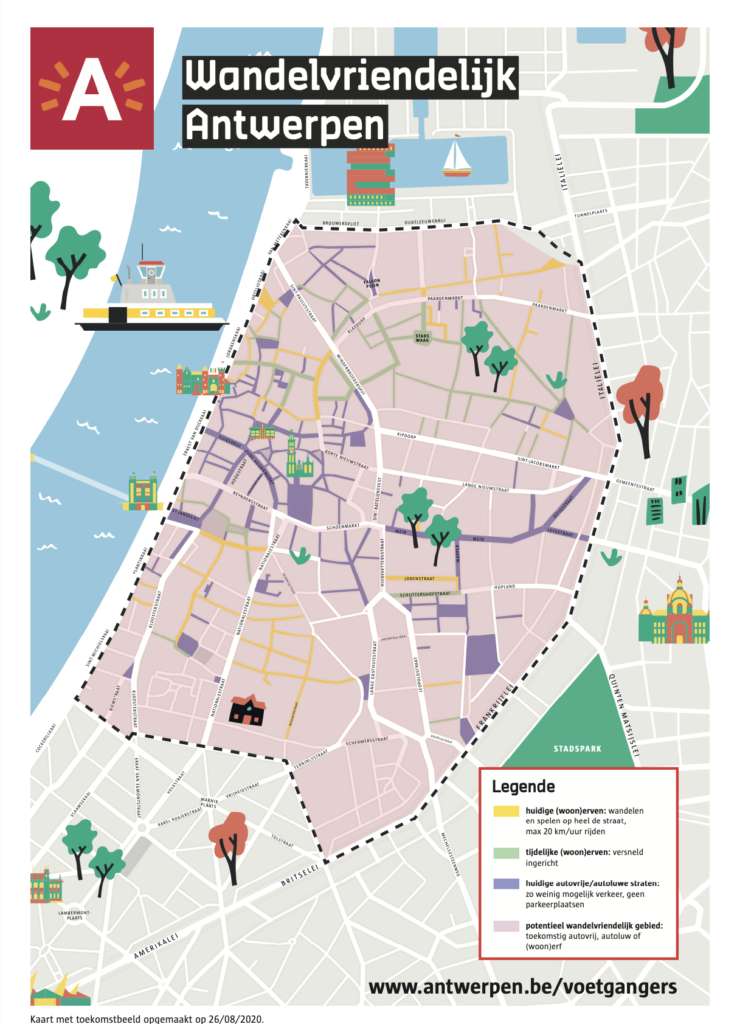
Does the ‘Living Street’ program play a role in the conservation of local urban heritage?
Indirectly it does, because the historical heritage stands out more. But the program is not directly related to conservation, because that is the work of the Flemish regional government.
As we understand, one of the goals of the city of Antwerp is to transform 28 percent of the city’s streets into car-free areas by 2025. Will this be primarily through the ‘Living Streets’ program or other measures as well?
Primarily through the living streets program indeed.
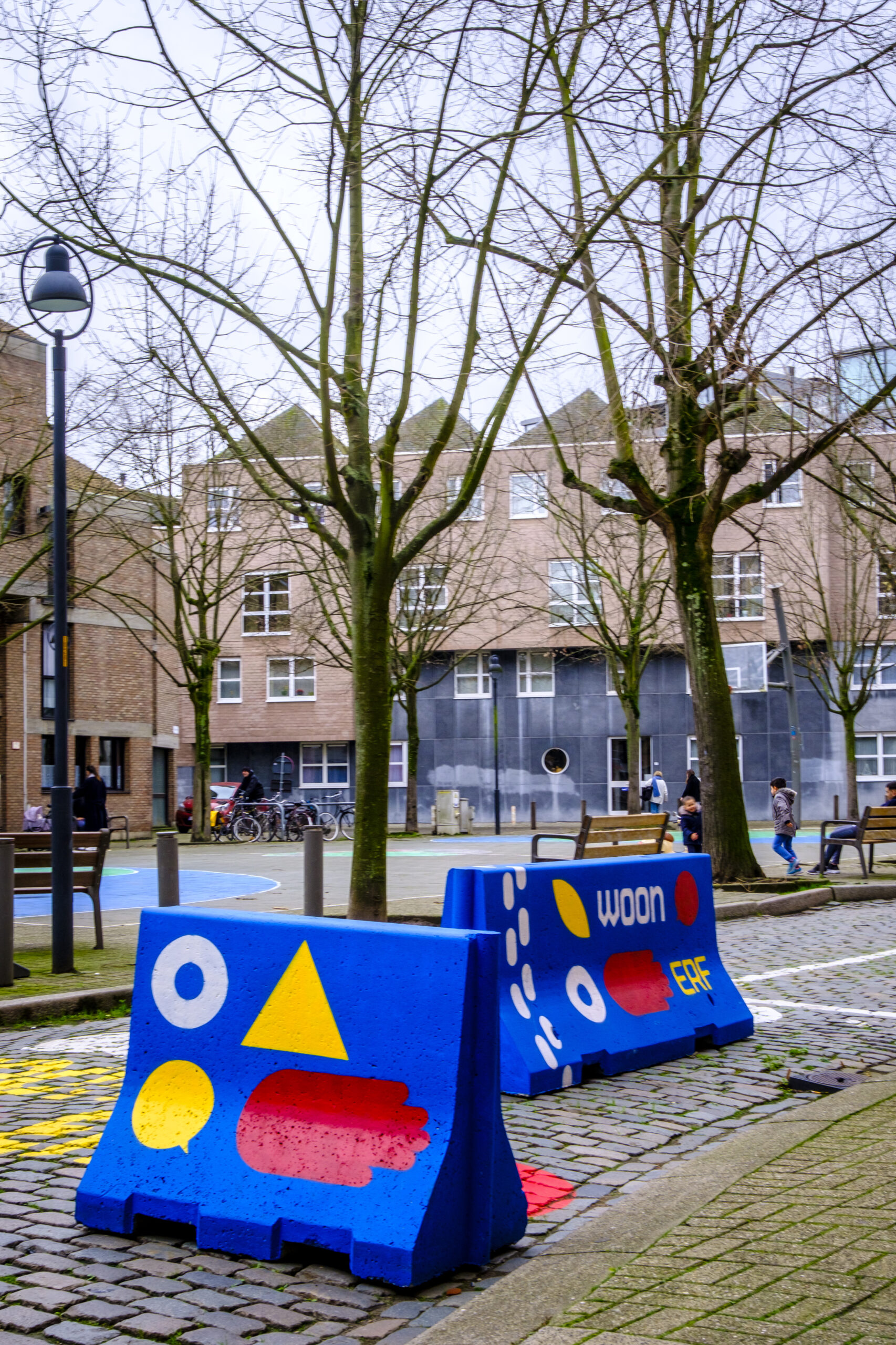
“The idea is to convince people that opting for cars is no longer the best choice.”
What are the historic mobility challenges in Antwerp?
Congestion on the ring road, related to the fact Antwerp is a port city (Europe’s second-largest), resulting in heavy traffic related to cargo. Besides, our ring road is on the crossroads of major European highways, e.g. traffic going from Holland to southern Europe in large quantities passes by Antwerp. On top of that, the ring road is not complete. Major works (called ‘Oosterweelverbinding’ www.oosterweelverbinding.be) are currently going on, and we hope to complete these by 2030.
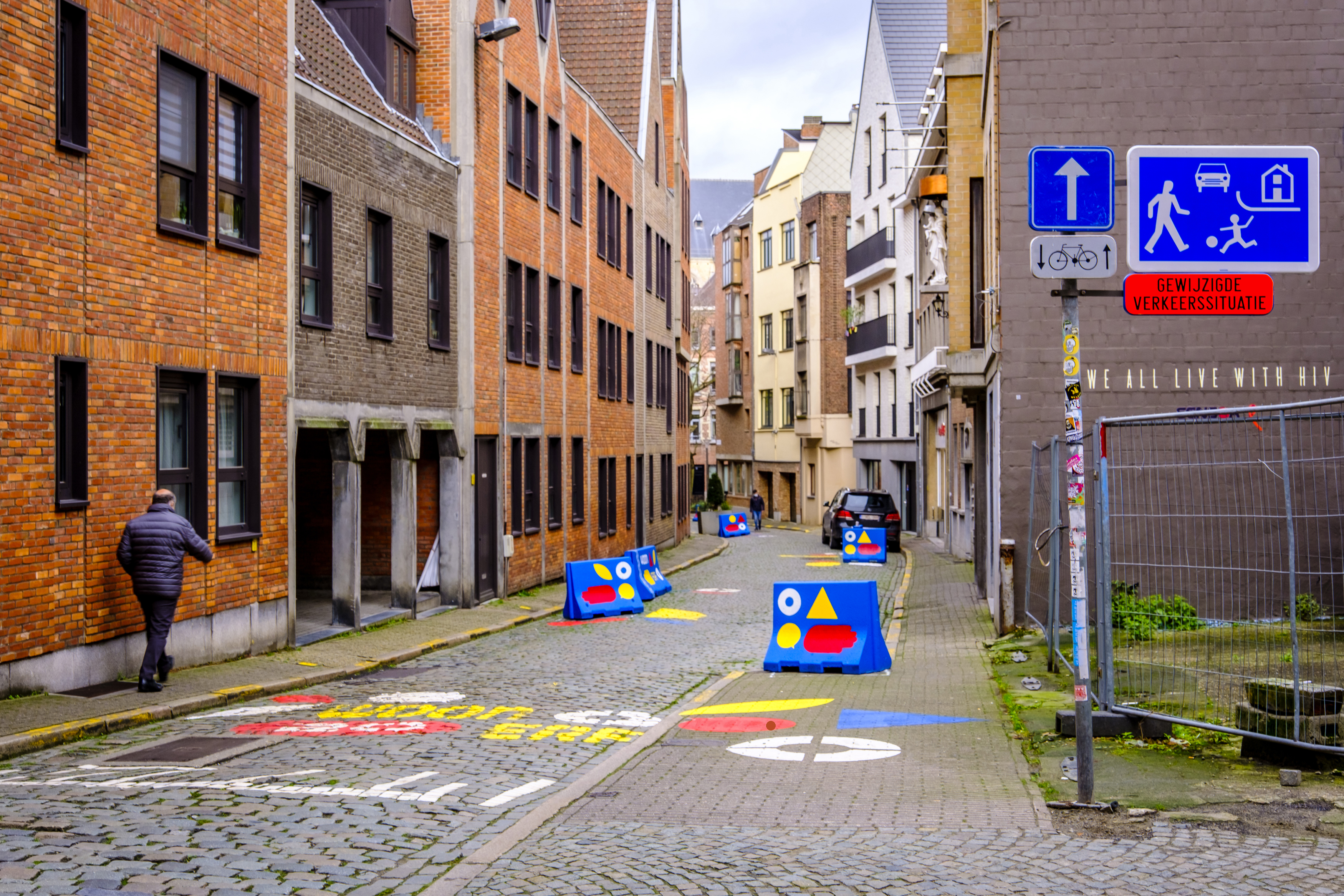
What about the specific contemporary mobility challenges?
There are two main challenges. The first is spillover from congestion on the ring road into the city center, and how to prevent this. The second is realizing a modal shift away from cars.
What do you view as the city’s strengths in terms of walkability as well as challenges to work on in the coming years?
Very simple: we are the right size, not too big, not too small. Antwerp is pocket-sized metropolis. Being a historical city, a port city, a prosperous city, we have a lot to offer relating to walkability, both for residents and tourists alike.
